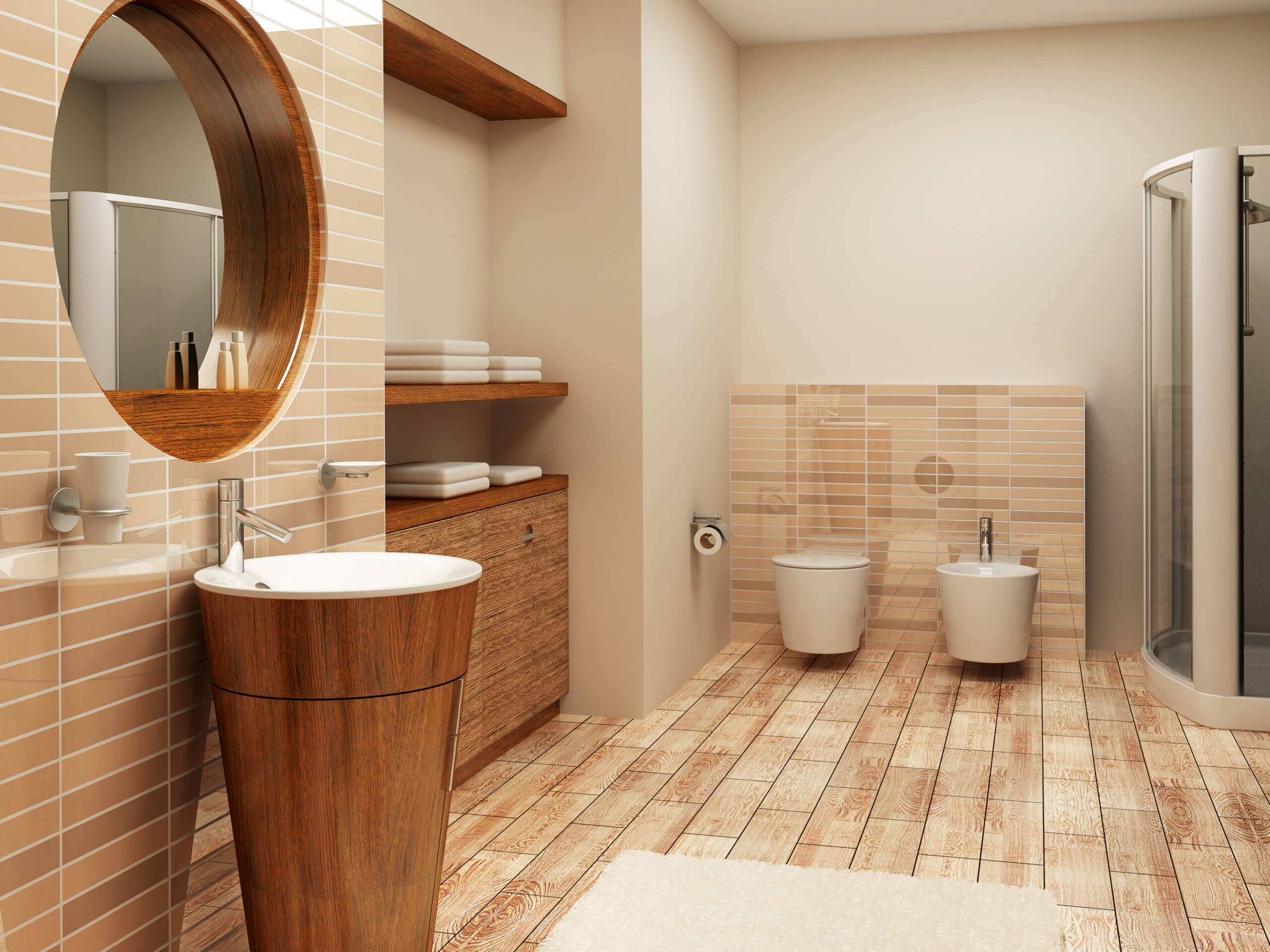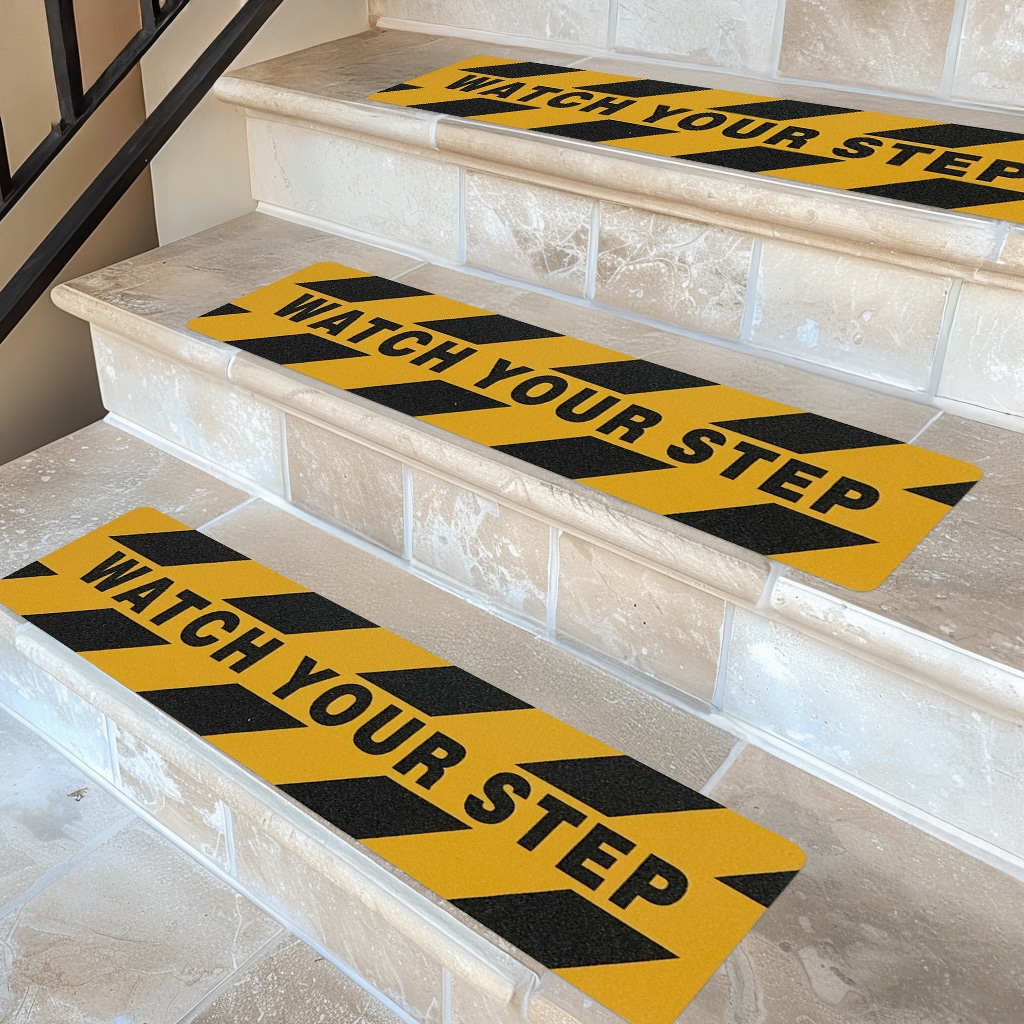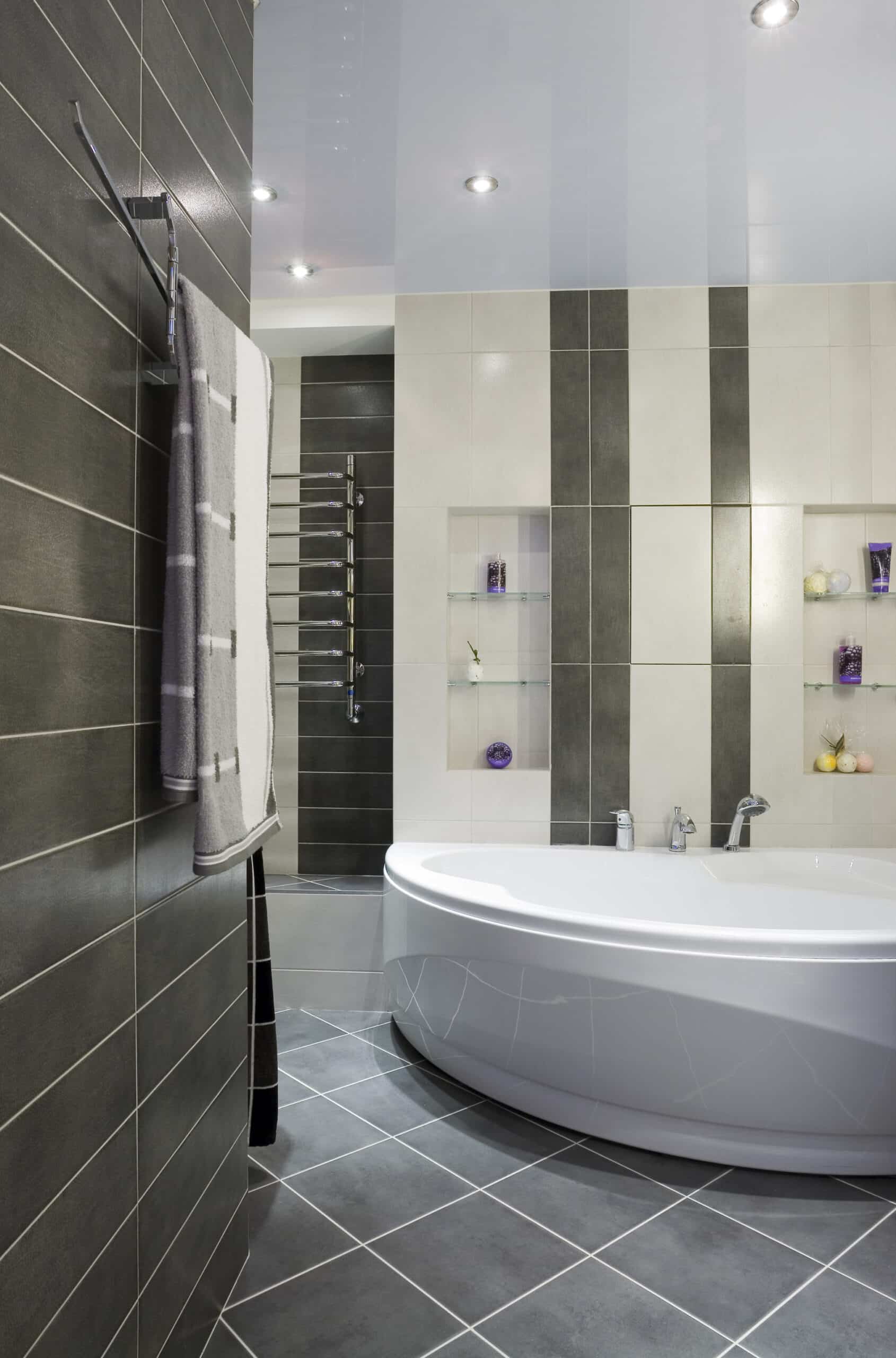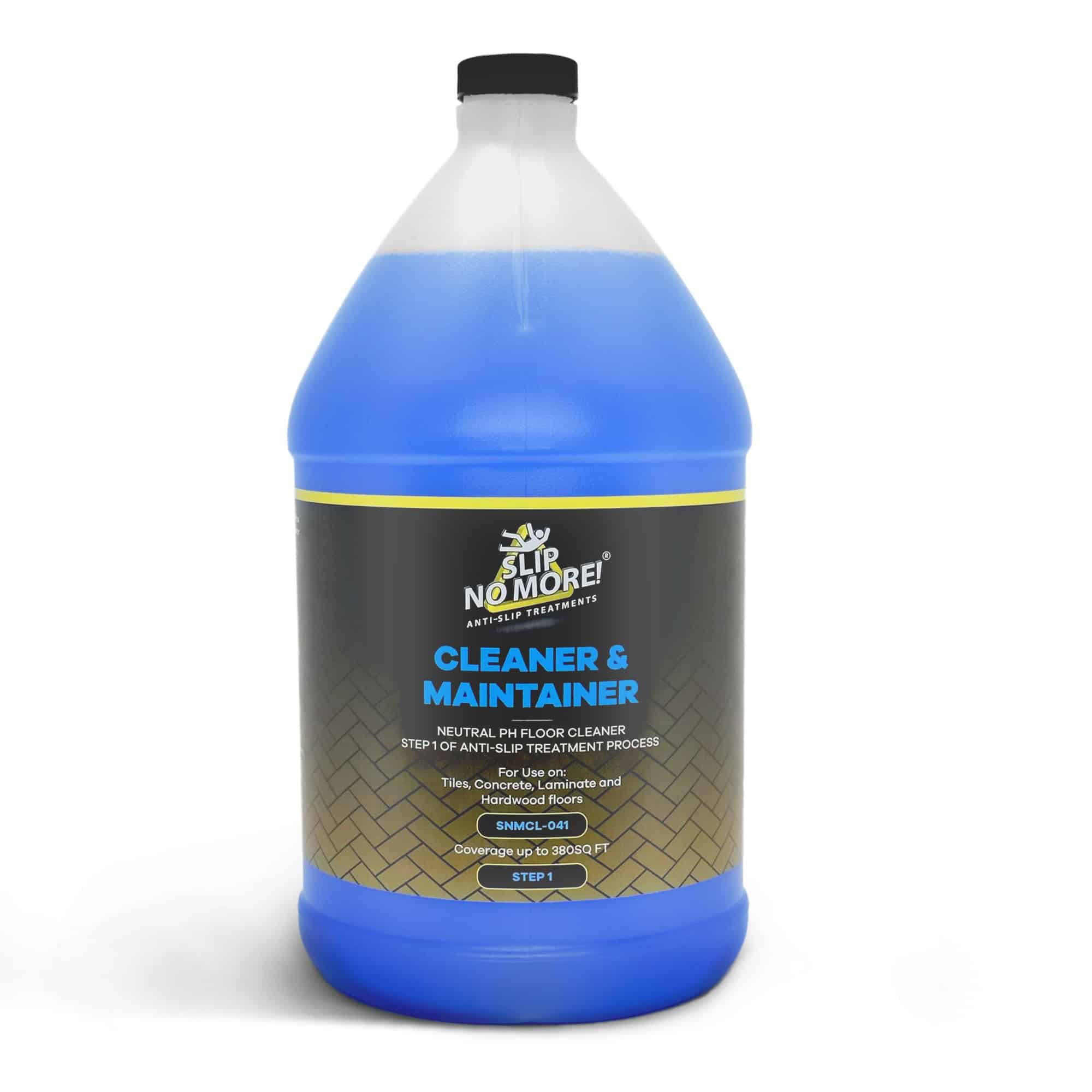Are you worried about the risk of slips and falls in your home? Don’t let accidents endanger your family’s safety. Choosing the right slip-resistance tile can prevent injuries and ensure a secure living environment. This step-by-step guide will walk you through selecting the perfect slip-resistant tile for your home.
Not all tiles are created equal when it comes to slip resistance tile. It’s essential to look for specific features and characteristics that make a tile suitable for high-risk areas such as bathrooms, kitchens, and entryways. We’ll explore different types of slip resistance tile, their varying levels of traction, and their suitability for different spaces.
You may wonder how I choose a tile that meets all my requirements. What factors should I consider? Our comprehensive guide will answer these questions, along with expert tips and insights to help you make an informed decision.
Preventing accidents at home starts with making the right choices. Let us help you find the perfect slip resistance tile for your needs.
The importance of slip-resistance tiles
Slip and fall accidents can happen anywhere, but they are ubiquitous in areas with smooth or wet surfaces, such as bathrooms, kitchens, and entryways. These accidents can result in serious injuries, ranging from minor bruises to broken bones. That’s why it’s crucial to invest in slip-resistant tiles that can provide the necessary traction to prevent accidents.
Slip resistance tile are designed with specific features and materials to increase friction and reduce the risk of slipping. They offer a safe and secure surface, even when wet. By installing slip-resistant tiles in high-risk areas, you can significantly minimize the chances of accidents and protect your loved ones.
Understanding slip ratings
When it comes to slip resistance tile, understanding the various ratings is essential. The slip resistance rating measures the tile’s ability to provide traction and prevent slips. It’s represented by a coefficient of friction (COF) value, which indicates the level of grip the tile offers. The higher the COF value, the more slip-resistant the tile is.
There are two commonly used rating systems: dynamic coefficient of friction (DCOF) and static coefficient of friction (SCOF). DCOF measures a tile’s slip resistance when in motion, while SCOF measures the resistance when the tile is at rest. Both ratings are crucial when choosing the right slip resistance tile for your home.
Assessing the different types of tiles
Not all slip resistance tile are created equal, and there are several types to choose from. Let’s take a closer look at each type and their varying levels of traction:
1. Textured Tiles: These tiles have a rough surface that provides excellent grip, even when wet. They come in various textures, such as raised dots or lines, and are suitable for indoor and outdoor use.
2. Porcelain Tiles: Porcelain tiles are known for their durability and resistance to moisture. They often have a textured finish that enhances slip resistance, making them ideal for bathrooms and kitchens.
3. Natural Stone Tiles: Natural stone tiles, such as granite and slate, offer a unique and elegant look while providing good slip resistance. However, their slip resistance can vary depending on the type of stone and finish.
4. Cork Tiles: Cork tiles are a sustainable and eco-friendly option offering slip resistance. They have a soft and cushioned feel underfoot, making them comfortable to walk on.
5. Vinyl Tiles: Vinyl tiles are famous for moisture-prone areas, such as bathrooms and kitchens. They are slip-resistant and come in a wide range of designs and colors.
Factors to consider when choosing slip-resistance tiles
Selecting the right slip resistance tile involves considering several factors to ensure the best fit for your needs. Here are some key factors to keep in mind:
1. COF Rating: Check the slip resistance rating of the tile to ensure it meets your requirements. Depending on the area you’re installing the tiles, you may need a higher COF value for better traction.
2. Maintenance: Consider the level of maintenance required for the tile. Some tiles may require frequent cleaning or sealing to maintain their slip-resistant properties.
3. Style and Design: Slip-resistance tiles come in various styles and designs, allowing you to find the perfect match for your home decor. Choose a tile that not only provides safety but also enhances the overall aesthetic appeal of your space.
4. Durability: Look for durable tiles that withstand heavy foot traffic. Durability is paramount in high-traffic areas such as entryways and hallways.
5. Budget: Set a budget for your tile purchase and consider the installation cost. It’s essential to find a balance between quality and affordability.
Step-by-step guide to selecting slip-resistance tiles for different areas of the home
Now that you understand the importance of slip resistance tile and the factors to consider let’s dive into a step-by-step guide to help you choose the right tiles for different areas of your home:
1. Identify High-Risk Areas: Start by identifying the areas in your home prone to moisture or foot traffic, such as bathrooms, kitchens, and entryways.
2. Determine Slip Resistance Requirements: Assess the level of slip resistance needed for each area. Consider factors such as the age of the occupants, the likelihood of spills, and the presence of elderly or disabled individuals.
3. Research Different Tile Options: Explore different slip resistance tile mentioned earlier and compare their features, pros, and cons. This will help you narrow down your options.
4. Consult with Experts: If you’re unsure about which tile to choose, consult with professionals or specialists who can provide expert advice based on your specific requirements.
5. Consider Aesthetics: Consider your home’s overall design and style. Choose tiles that complement the existing decor and create a cohesive look.
6. Request Samples: Request samples of your shortlisted tiles to better understand their texture, color, and overall appearance. This will help you make a more informed decision.
7. Read Reviews and Testimonials: Look for customer reviews and testimonials to gauge the performance and durability of the tiles you’re considering. This can provide valuable insights into real-life experiences.
8. Make Your Selection: Once you’ve considered all the factors and gathered sufficient information, make your final tile selection.
Installing slip resistance tiles: Tips and recommendations
Installing slip resistance tiles requires careful planning and execution. Here are some tips and recommendations to ensure a successful installation:
1. Prepare the Surface: Before installing the tiles, ensure the surface is clean, dry, and free from debris or contaminants. This will ensure proper adhesion and longevity.
2. Use Suitable Adhesive: Use a high-quality adhesive recommended for slip resistance tile. Follow the manufacturer’s instructions for proper application.
3. Consider Grout Lines: Wider grout lines enhance slip resistance, provide additional traction, and prevent water from pooling on the surface.
4. Hire a Professional Installer: If you’re not experienced in tile installation, hiring a professional is best. They have the expertise and tools necessary to ensure a flawless installation.
Maintaining non-slip tiles for long-lasting safety
To maintain your slip resistance tile and ensure long-lasting safety, follow these maintenance tips:
1. Regularly: Clean your slip-resistant tiles using mild, non-abrasive cleaners. Avoid using harsh chemicals that can damage the tile’s surface.
2. Remove Spills Promptly: Wipe up any spills or liquids immediately to prevent them from creating slippery surfaces.
3. Use Non-Slip Mats or Rugs: To provide an extra layer of safety, place non-slip mats or rugs in areas prone to moisture, such as near sinks or bathtubs.
4. Inspect Regularly: Periodically inspect your slip-resistant tiles for any signs of wear or damage. Replace any damaged tiles promptly to maintain their slip resistance.
Common mistakes to avoid when choosing slip-resistance tiles
While choosing slip-resistant tiles, it’s essential to be aware of common mistakes and avoid them. Here are some pitfalls to watch out for:
1. Neglecting Slip Resistance Ratings: Don’t overlook the importance of slip resistance ratings. Always choose tiles with appropriate COF values for the intended area.
2. Sacrificing Aesthetics for Safety: While safety is paramount, it doesn’t mean compromising aesthetics. Look for tiles that offer both safety and visual appeal.
3. Not Considering Maintenance: Failing to consider the maintenance requirements of slip resistance tile can lead to difficulties in upkeep. Choose tiles that fit your lifestyle and maintenance preferences.
4. Ignoring Professional Advice: If you’re unsure about choosing or installing slip resistance tile, don’t hesitate to seek professional advice. Their expertise can help you make informed decisions.
Where to buy slip-resistance tiles
When it comes to purchasing slip resistance tile, there are several options available:
1. Tile Retailers: Visit tile retailers or showrooms in your area to explore various options. Speak with their knowledgeable staff, who can guide you in making the right choice.
2. Online Suppliers: Many online suppliers offer a vast selection of slip resistance tile. Read reviews and check customer ratings before making a purchase.
3. Local Contractors: Contact local contractors or tile installers who may have access to exclusive suppliers or discounted prices.
Conclusion: Ensuring safety with the right slip resistance tiles
Preventing accidents at home starts with making the right choices. By installing slip resistance tile in areas prone to slips and falls, you can create a safe and secure living environment for your family. Remember to consider the slip resistance ratings, assess different tile options, and prioritize factors such as maintenance and durability. With the help of our step-by-step guide, you’ll be well-equipped to choose the perfect slip-resistant tiles for your home. Invest in safety today and enjoy peace of mind, knowing you’ve taken the necessary steps to prevent accidents.
Types of slip prevention products
Four main categories of injury prevention products increase the safety of your floors. When selecting slip-prevention products, always ask a specialist who can guide you. There are different types of slippery floors.
Anti-Slip Treatments: The best defense against slippery tiles. These products are a sure way to increase the safety of your tiles. Used indoors and outdoors, they last for years. An important note is that they only work on unsealed tiles.
Non-Slip Coatings: Perfect for high-traffic and low-traffic areas. Always choose the right product for your use.
Anti-Slip Tape: A versatile product that is used on stairs and ramps. Anti-slip tape is excellent indoors and outdoors and works on many different surfaces.
Cleaning and Maintenance Products: These products should be of the highest quality. Be sure to check the cleaning recommendations of the floor safety products that you have installed.
About Slip No More
With more than 15 years of experience in the slip-prevention industry, our slip resistance tile products solve the problem of slippery floors in all areas. Specializing in floor safety, the company has become synonymous with reliable solutions for preventing slips and falls.
Slip No More offers various anti-slip products designed for different surfaces.
As part of our global expansion strategy, we actively engage with our audience on various social media platforms. Slip No More maintains a strong presence on platforms like Facebook, Instagram, Twitter, Linked In, and YouTube. We love connecting with customers and sharing valuable insights on safety measures. This strategic use of social media fosters brand awareness and allows us to interact directly with our diverse customer base.
If you found this article helpful, take a look at our related articles:





